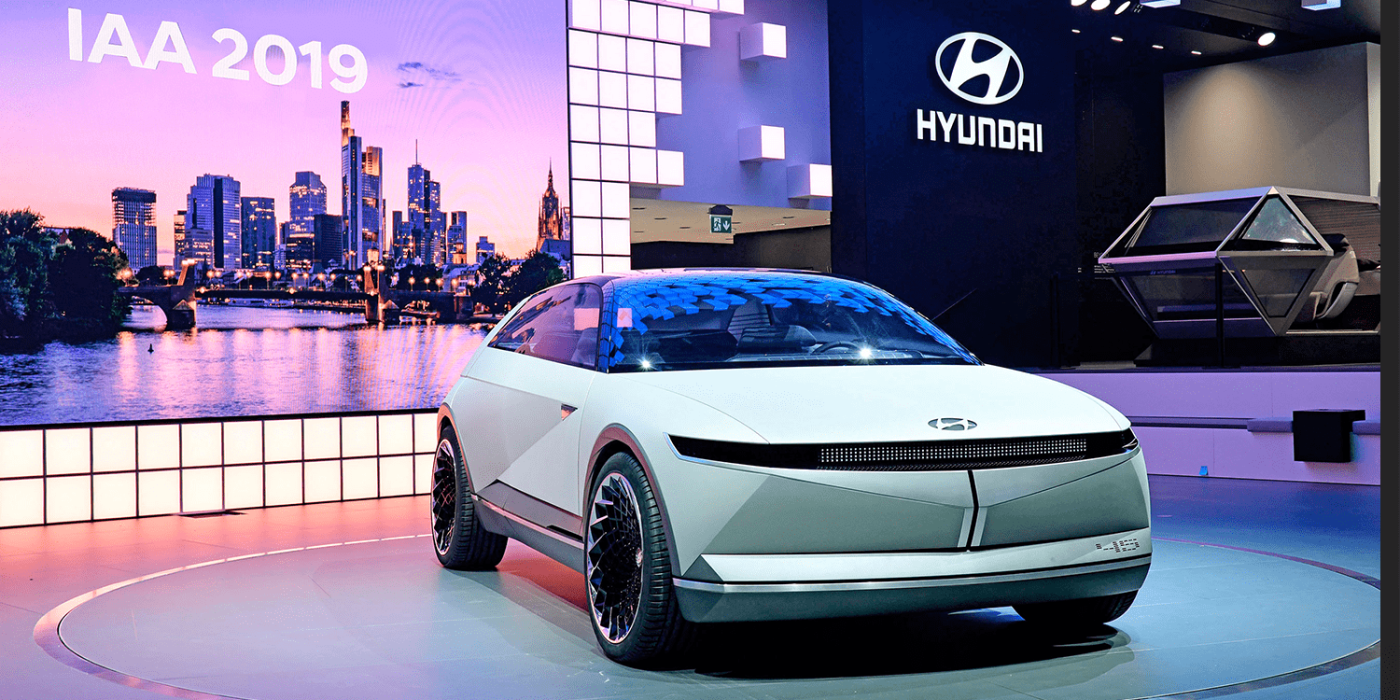Hyundai unveils electric strategy till 2025 & beyond
The Hyundai Motor Company has presented its ‘Strategy 2025’ roadmap, in which the South Korean Group also sets its frameworks for electrification. By 2025, Hyundai intends to become one of the three largest EV manufacturers in the world with a multi-faceted approach.
Hyundai aims to achieve annual sales of 670,000 electric vehicles by 2025, of which 560,000 are BEV and 110,000 are fuel cell vehicles. The company wants to electrify most of the new models in key markets such as South Korea, the USA, China, and Europe by 2030. Emerging markets such as India and Brazil are expected to follow by 2035. This two-pronged strategy with both battery-electric and fuel cell vehicles was recently laid out by electrive but the company is also going to focus on mobility services and solutions.
Hyundai’s strategy goes far beyond the development of new electric cars. The carmaker’s core business is to be divided into two pillars in the future: Smart Mobility Device and Smart Mobility Service. The device area will be extended beyond the car and also includes personal air vehicles (PAV), robotics and last-mile mobility solutions – although exactly which vehicles were meant with the latter was not specified in the press release. This may mean light electric vehicles, such as their pedal and kick scooters, or perhaps ride-hailing services such as Ola Electric Mobility whom they supply in India.
Rather than following the one-size-fits-all approach of most carmakers, Hyundai wants to “achieve balanced and steady growth with a portfolio that takes into account various regional and product needs.” This echoes the company’s sentiments in their recent entry into the manufacture and sale of electric vehicles in Indonesia, with some of the highest- density cities in the world – as opposed to the US, for example, which is home to the world’s ten lowest-density cities.
This localised approach also includes generational differentiation. Not only does the company want to “adopt a new global modular EV architecture to enhance efficiency and scalability of product development”, but Hyundai also wants to address vehicle electrification by first targeting younger demographics and enterprise customers with affordable battery electric vehicles to achieve economies of scale.
As part of its strategy, Hyundai has announced that it will invest 61.1 trillion won (equivalent to 46 billion euros) in research and development by 2025. However, the money is not only intended for services and electrified vehicles: vehicles with combustion engines are to be further developed and thus made more profitable. Overall, Hyundai is striving for “balanced and steady growth, in which a balance between markets and models is striven for, and long-term sustainability takes precedence over short-term goals”.
“The key to our future strategy is to focus on customers and to present the most desirable products and services,” says Hyundai CEO Wonhee Lee. “We want to offer smart mobility experiences that meet the shifting needs of our customers by leveraging advanced technology.”
The Hyundai brand is not the only one to benefit from these developments: The Genesis brand (currently not active in Europe) will launch its first all-electric models in 2021, before expanding its electrical product range in 2024. The introduction of electric vehicles is also planned for the N performance brand.
With the Ioniq and Kona, Hyundai already has two battery electric vehicles on offer in Europe. Hyundai are known for their above-mentioned two-pronged approach to both purely battery-electric as well as fuel cell technology. The company is pursing the benefits of fuel cell technology with, for example, the Nexo and fuel cell trucks with the Hydrospider logistics project. In other markets, further models with electric drive are being offered, such as the Lafesta in China. In Europe, the next generation of electric models will be launched on the new, dedicated Electric-Global Modular Platform (E-GMP) in 2021 – with 800-volt technology.






0 Comments